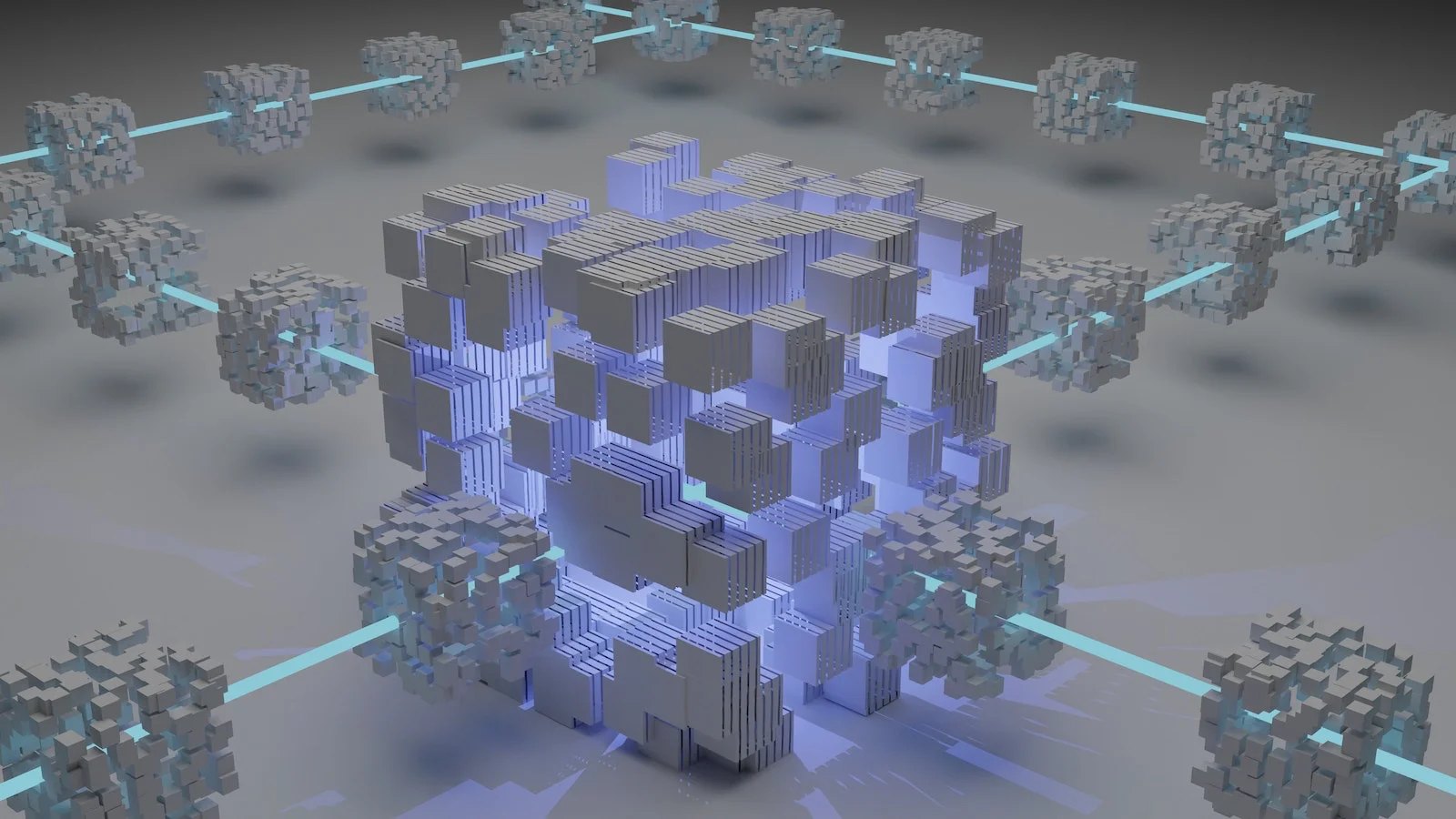Discover what is DeFi and how it’s changing the financial world. Learn about decentralized finance and its benefits today.
What is DeFi – Definition
Decentralized Finance (DeFi) refers to a new ecosystem of financial applications and services built on decentralized blockchain networks.
DeFi applications allow users to access financial services, such as lending, borrowing, trading, and investing, without the need for intermediaries such as banks, brokers, or other centralized entities.
DeFi is made possible by smart contracts, which are self-executing contracts that are programmed on decentralized blockchain networks such as Ethereum. Smart contracts allow developers to build decentralized financial applications that are transparent, secure, and accessible to anyone with an internet connection.
They also enable programmable money, meaning that money can be automatically transferred between parties when certain conditions are met. Which is the most important part of what is DeFi built on.

DeFi applications
Some popular DeFi applications include:
- Decentralized exchanges (DEXs): These are platforms that allow users to trade cryptocurrencies without intermediaries. They are built on blockchain networks and are often more secure and transparent than centralized exchanges.
- Lending platforms: These allow users to lend and borrow cryptocurrencies without the need for a bank or other intermediary. They use smart contracts to ensure that loans are repaid on time and with interest.
- Stablecoins: These are cryptocurrencies that are pegged to the value of a stable asset such as the US dollar. They are used to provide stability to the volatile cryptocurrency market and can be used for trading, investing, and as a medium of exchange.
- Yield farming: This is a process of earning rewards by staking or locking up cryptocurrency assets in DeFi protocols. It incentivizes users to provide liquidity to decentralized protocols and earn a share of the fees generated by the platform.
Benefits and risks of DeFi
Here are some of the key risks and benefits of DeFi.
Benefits:
- Financial Inclusion: One of the main benefits of DeFi is that it offers financial services to people who may not have access to traditional financial services. DeFi applications are accessible to anyone with an internet connection, regardless of their location or financial status.
- Decentralization: DeFi applications are built on blockchain networks, which means they are decentralized and not controlled by any central authority. This makes them more transparent, secure, and resilient than traditional financial systems.
- Programmability: DeFi applications use smart contracts, which are self-executing contracts that are programmed on blockchain networks. Smart contracts enable the automation of financial transactions, making them more efficient and less prone to errors.
- Lower fees: DeFi applications are often less expensive than traditional financial services. For example, DeFi lending platforms often offer lower interest rates than traditional banks.
- Open-source: Many DeFi applications are open-source, which means that anyone can audit the code and suggest improvements or fixes. This increases the security and reliability of the applications.
Risks:
- Smart contract vulnerabilities: DeFi applications are built on smart contracts, which are programs that run on blockchain networks. Smart contracts can contain bugs or vulnerabilities that can be exploited by attackers.
- Liquidity risks: Many DeFi applications rely on liquidity pools, which can be subject to flash crashes (rug pulls) or other sudden changes in market conditions. This can result in significant losses for investors.
- Market volatility: The cryptocurrency market is highly volatile, and DeFi applications are no exception. Prices can fluctuate rapidly, resulting in significant gains or losses for investors.
- Regulatory risks: DeFi applications operate in a regulatory gray area, and there is a risk that regulators could clamp down on DeFi applications in the future. This could make it more difficult for DeFi applications to operate and could result in losses for investors.
- Scams and fraud: DeFi applications are often subject to scams and fraudulent activities. For example, attackers can create fake DeFi projects to steal funds from investors.
Conclusion
In conclusion, DeFi means Decentralized Finance, and it is a rapidly growing ecosystem of decentralized financial applications that offers many potential benefits, including financial inclusion, transparency, and accessibility.
As the ecosystem continues to evolve, it has the potential to transform the traditional financial system and provide greater financial freedom to individuals worldwide. However, it’s important for users to exercise caution and stay informed about the risks associated with DeFi.
See also the comparison: DeFi vs. CeFi vs. TradFi.